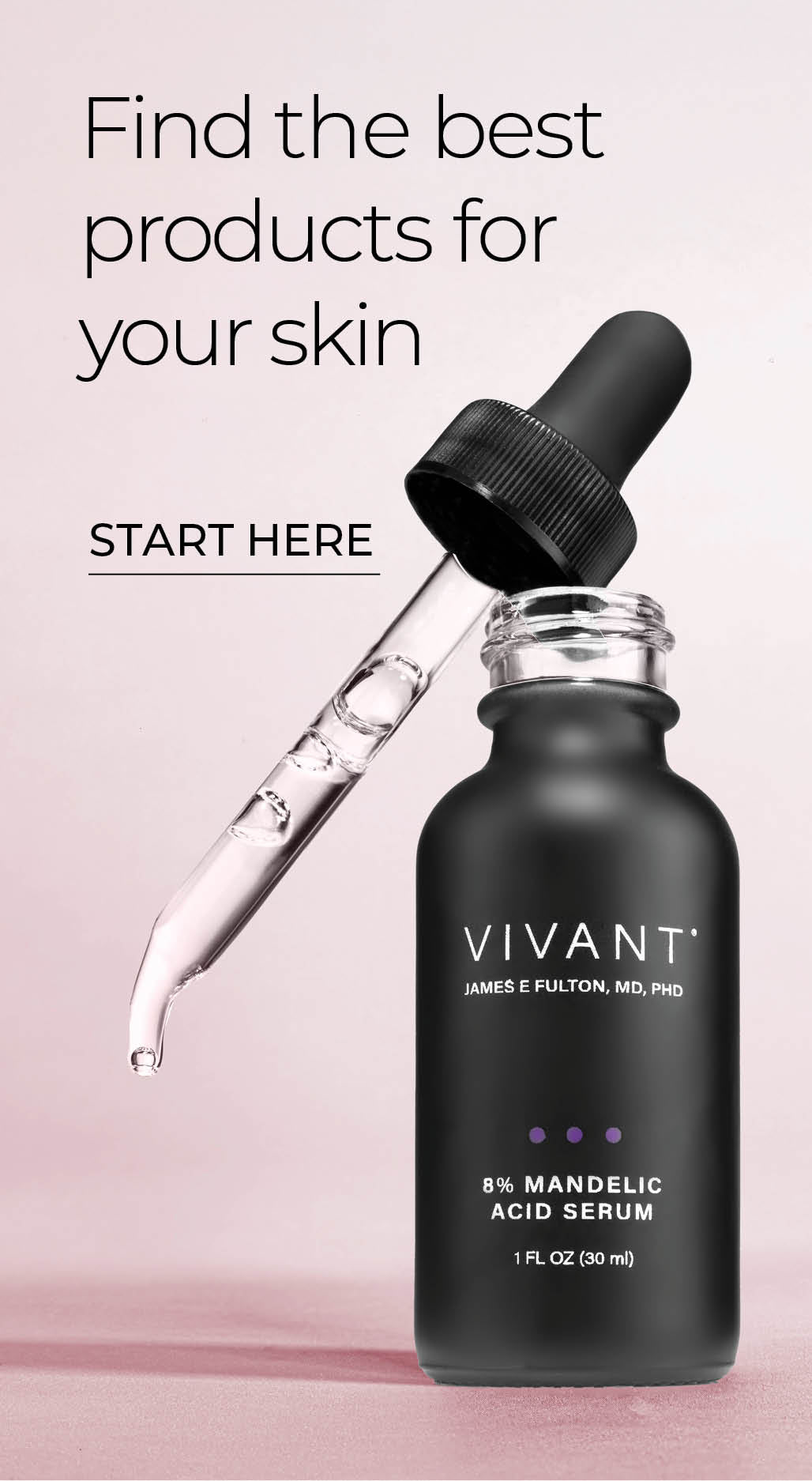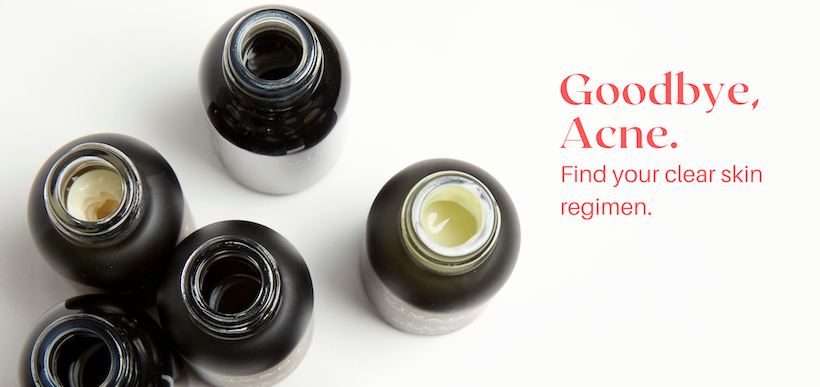Vitamin C and Vitamin A for Youthful Skin

In the never-ending debate over skincare ingredient pairings, the idea that vitamin C and vitamin A (retinoids) shouldn't be used together is a recurring theme. Contrary to some outdated rumors, we're here to tell you that vitamin C and vitamin A are better together. Let's take a look at the unique characteristics that make these two superstar ingredients a powerhouse pair for bright, youthful skin.
The Antioxidant Factor
Oxidative stressors, including UV, pollution, chemicals, and dietary components, create free radicals, unstable molecules that set off a chain reaction of cell-damaging responses. Over time, the damage appears in collagen breakdown, laxity, wrinkles, and pigmentation.
Both vitamin A and vitamin C are potent antioxidants that inhibit the oxidation of cells and neutralize free radicals to prevent and repair damage while protecting healthy skin function.
The Collagen Factor
Vitamin A stimulates fibroblasts to synthesize collagen fibers and increase their density to improve the skin's structural integrity while preventing collagen degradation by inhibiting enzymes that break down protein.
Vitamin C is essential for collagen synthesis. Additionally, it's a co-factor for the enzymes that stabilize and link collagen molecules, affecting both the quantity and quality of collagen production.
The Renewal Factor
Cellular turnover is the skin's natural process of shedding dead skin cells and replacing them with new, younger, healthier cells. As we age, the renewal cycle slows until what took about 28 days in your early 30s can stretch to anywhere from 45 to 60 days, making skin appear dull and lines and creases more prominent.
Vitamin A and vitamin C increase cellular turnover in different but complementary ways.
Vitamin A works at the dermal level, stimulating the cellular activity of keratinocytes, fibroblasts, and Langerhans cells to speed the cell turnover process to bring fresh, plump cells to the surface faster.
Vitamin C takes an opposite approach, working on the surface to slough away dead cells and clear the path for new cells to emerge. This clearing of cellular debris has the added benefit of enhancing the absorption of your vitamin A products for better performance.
The Brightness Factor
When it comes to reducing hyperpigmentation, acne scarring, age spots, or other forms of discoloration, vitamin C is for clarity. It works by inhibiting the pigment-stimulating enzyme tyrosinase to interrupt the formation of melanin caused by inflammation and UV radiation.
Similarly, vitamin A influences the function of melanocytes in the skin, regulating melanin arrangement and blocking the transport of excess melanin to the epidermis.
But what about pH?
It's true that vitamin C is formulated at a low pH (0 to 3.5), while vitamin A is closer to the skin's natural pH level of 5.5 to 6. But that doesn't make them incompatible. (Those claims are based on outdated research.) When used together, vitamin C and vitamin A adjust to find a happy and highly effective medium.
Studies bear this out, revealing that when combined, vitamin A and vitamin C have a significant reversal effect on signs of skin aging.
How to combine vitamin A and vitamin C
Serums are your best avenue to take advantage of the multiple benefits and complementary actions of vitamin A and vitamin C.
If you're new to vitamin A therapy, start with Vivant's Derm-A-Gel. It's our starter vitamin A formula to improve skin laxity, reduce fine lines and wrinkles, plump, and firm. It will also improve rough texture and help control hormonal acne by peeling impactions. As skin acclimates to vitamin A, you can move up to the next level to push your results.
Incorporate vitamin C into your regimen with Vivant's Pure C + E. This highly effective formula is optimized for stability, purity, and potency and combines vitamin C with another powerful skin-enhancer, vitamin E.
When layering products, always go from lightest to heaviest and allow each to dry before applying the next. Pure C + E is a medium viscosity serum that is slightly heavier than most of our vitamin A therapies, so we recommend applying vitamin A first.
If your skin is sensitive, you may want to use the serums separately. In that case, use Pure C + E in the morning for its exceptional photoprotective benefits and vitamin A at night for its reparative qualities.
Either way, be sure to add Day Treatment Lotion SPF 15 or Mineral Sunscreen SPF 30 as the final layer in the a.m.


Comments